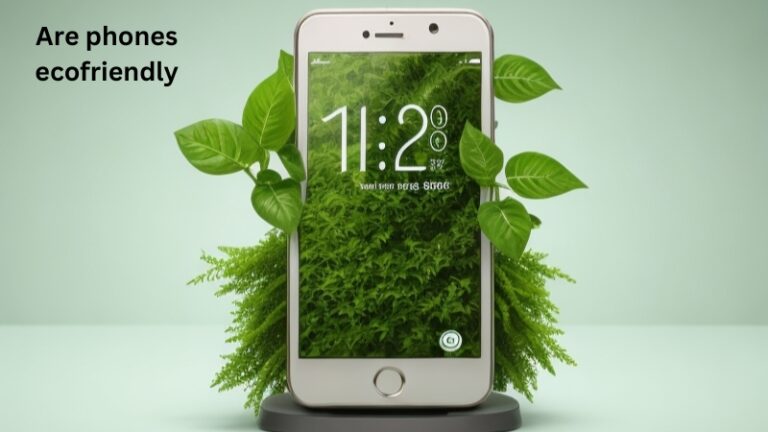Is HDPE ecofriendly?
Is HDPE ecofriendly? In a world where environmental concerns are at the forefront of many conversations, it’s important to consider the impact of products we use in our everyday lives. As a type of plastic, high-density polyethylene (HDPE) may not be the first material that comes to mind when thinking of eco-friendly options. However, HDPE has many properties that make it a popular choice for packaging, manufacturing, and construction. So, what is the environmental impact of HDPE? Is it a sustainable choice? Let’s explore the facts.
Understanding HDPE
High-density polyethylene is a thermoplastic polymer that is commonly used to create a range of products, from milk jugs to water pipes to playground equipment. One of the key properties of HDPE is its durability – it’s resistant to moisture, chemicals, and UV radiation, which makes it a reliable choice for long-term use. HDPE is also lightweight and easy to transport, which can reduce carbon emissions associated with shipping products.
HDPE and Recycling
One of the reasons HDPE is considered a more eco-friendly choice than other types of plastic is its recyclability. HDPE products can be recycled into new products, reducing the amount of waste that ends up in landfills. Additionally, the manufacturing process for HDPE is less energy-intensive than other types of plastic, which can reduce carbon emissions. However, it’s important to note that not all HDPE products are created equal – some may contain additives or chemicals that make them harder to recycle.
Environmental Concerns of HDPE
Despite its many benefits, HDPE is not without its environmental concerns. The production of HDPE requires significant amounts of energy and water, and the manufacturing process can produce greenhouse gas emissions. Additionally, the disposal of HDPE products can be problematic, as they may take hundreds of years to break down in landfills. Microplastics, which are tiny fragments of plastic that can enter the food chain and harm marine life, can also be created when HDPE products break down in the environment.
Sustainable Alternatives
While HDPE can be a reasonable choice for certain applications, there are other more sustainable alternatives. For example, products made from bioplastics, which are derived from renewable materials such as corn starch or sugarcane, can be a more eco-friendly option. Additionally, choosing to reuse products instead of throwing them away can reduce waste and keep materials out of landfills and oceans.
Conclusion
So, is HDPE eco-friendly? The answer is both yes and no. While it has many qualities that make it a better choice than other types of plastic, there are still environmental concerns associated with its production and disposal. It’s important to keep in mind that every individual action we take can have a cumulative effect on the planet. By making more sustainable choices, such as reducing our use of single-use plastics and choosing products made from eco-friendly materials, we can all play a part in reducing our environmental impact.

